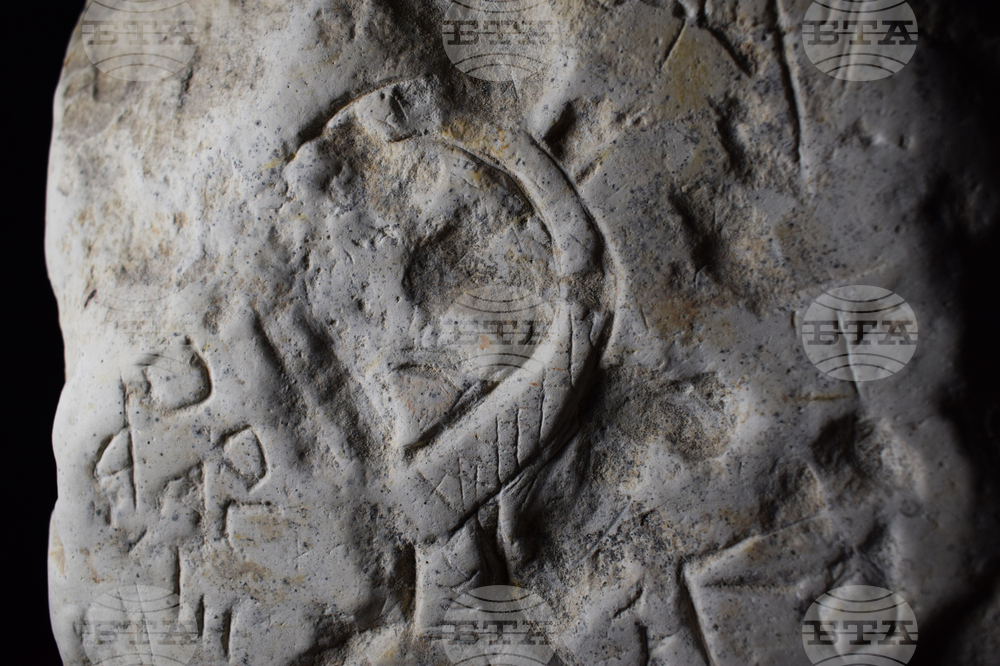site.btaPoster Exhibition by National Archeological Museum Presents New Discoveries in Murfatlar Monastery


A poster exhibition, titled "The Invisible Traces of Murfatlar" will be presented at the National Archaeological Museum of the Bulgarian Academy of Sciences (NAM-BAS). The exposition will open on July 1 and show new discoveries about the Murfatlar rock monastery in Northern Dobrudzha, said the organizers.
The team noted that the exhibition is organized under the auspices of the Vice President of the Republic of Bulgaria, Iliana Iotova. The exhibition contains 12 posters with information in Bulgarian and English. They are located in the Central Hall of NAM-BAS and can be seen until September 22, the team reported.
"The Invisible Traces of Murfatlar" summarizes the results of the detailed studies of the rock monastery near the village of Murfatlarin Constanta, Romania, carried out in 2021-2023. The studies were initiated because of the real danger of destruction of the site as a result of natural processes. The head of the project was Assoc. Prof. Evgenia Komatarova-Balinova. Specialists from seven scientific institutions from Bulgaria and abroad participated in the research team. The project was financed by the National Scientific Programme for Development and Promotion of Bulgarian Studies Abroad, some of the activities were co-financed by NAM - BAS, the organizers noted.
"The exhibition emphasizes the importance of the rock monastery as an object of the cultural and historical heritage of medieval Europe," said Komatarova-Balinova. "Our greatest achievement is that we were able to document the hundreds of graffiti and inscriptions and preserve them for future generations," she further notes.
The team pointed out that the rock monastery near the village of Murfatlar is a monument of supranational importance, located in the historical-geographical region of Dobruzha, where it was the core of the First Bulgarian State. The complex is located about 16 km west of Constanta. It was discovered in 1957, when research began. It occupies an area of about one hectare and consists of four churches, two chapels, two crypts and four galleries, and one water tank.
"The main goal of the studies is the complete documentation of the most important and endangered sections of the monastery. As part of the expedition, three laser scans were carried out, thanks to which 3D models of the object were made, and about 500 graffiti were documented, of which 132 were inscriptions, twice as many as known so far. The inscriptions were realized using four graphic systems used in early medieval Bulgaria: runic, Glagolitic, Cyrillic and Greek. Scholars believe it to be the largest "stone library" in early medieval Eastern Europe outside of the Byzantine Empire. The dating of the complex at the end of the 9th - the beginning of the 11th century, confirmed until now, has been corrected and extended to the second half of the 12th century, and the latest inscription, incised by the last pilgrim in Murfatlar, was dated to the 14th century. This is the largest-scale documentation of the complex," says the NAM-BAN team.
/RY/
news.modal.header
news.modal.text